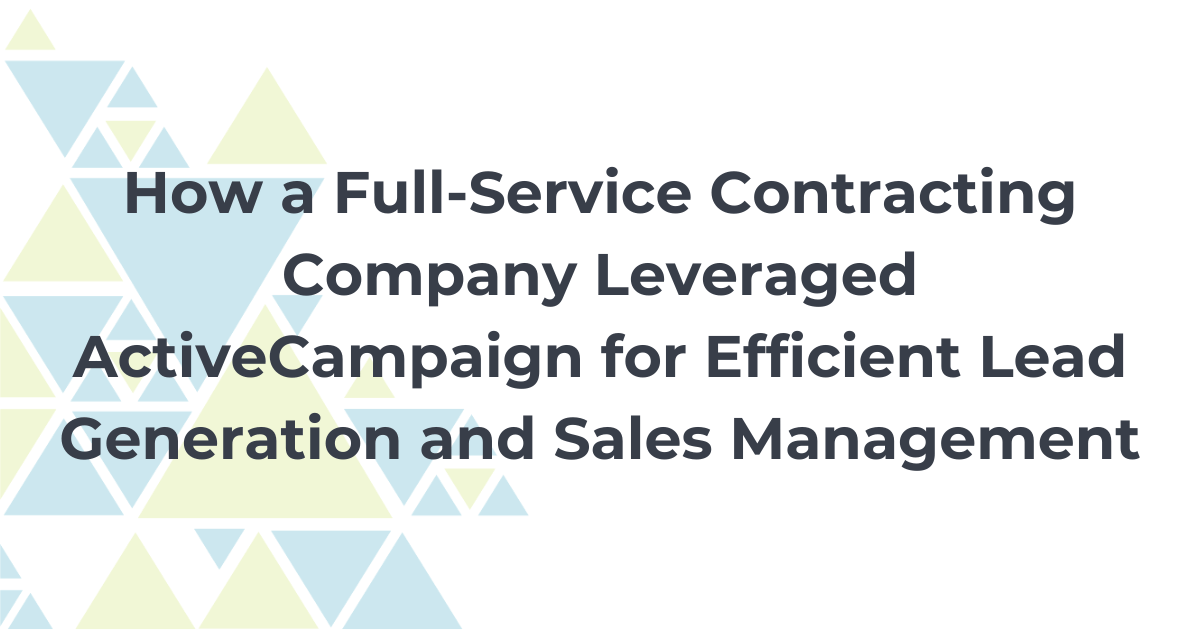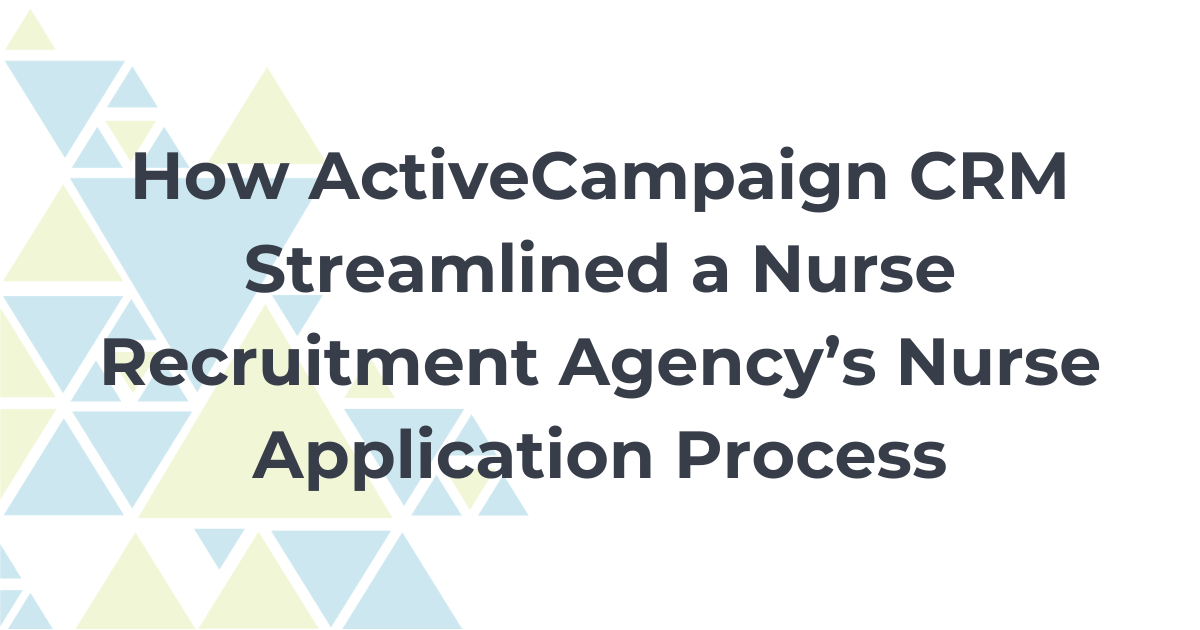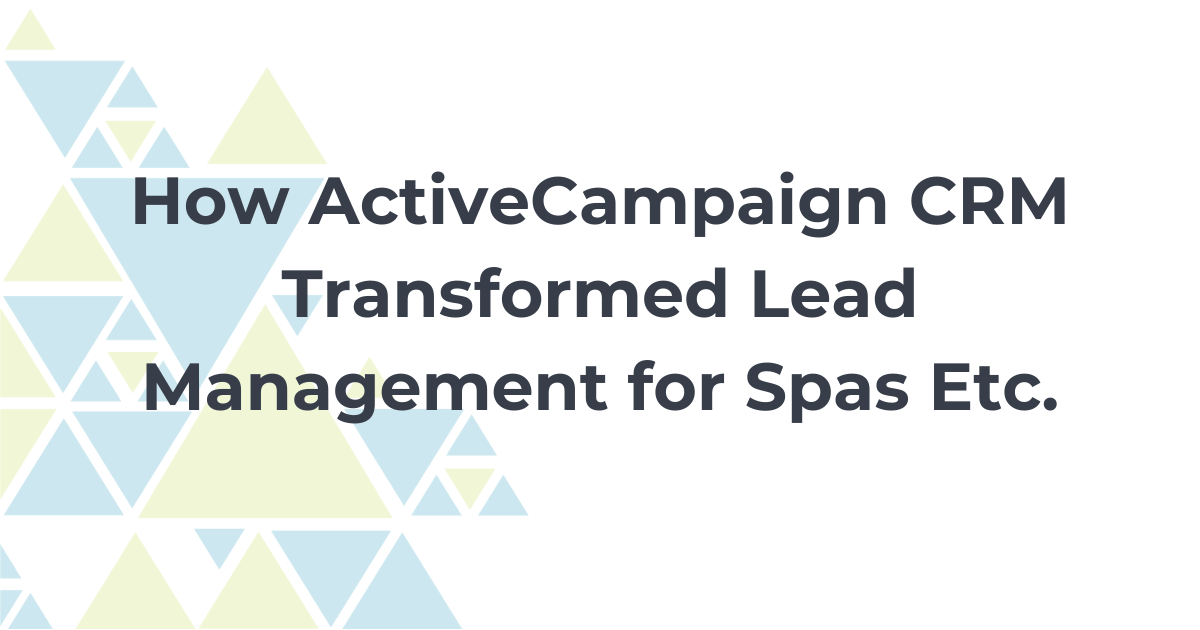Are you sure that you really know and understand your audience?
And are you sure that you’re really addressing their needs in your content?
You may have identified a problem to be solved, but for your audience–they may not see a problem at all, or they may be hesitant to fix it.
Understanding where your audience is today, what pain points and problems they are facing–along with the knowledge, skills, and information you can provide to help solve these problems–will help you define your info product as well as the content you’ll be delivering.
In this vlog, you’ll learn how to conduct a gap analysis (and to learn what one is if you haven’t heard of one) and how understanding your audience’s needs will better help you in meeting them.
No One’s Buying What I’m Selling Giving Away for Free
When I first launched my business, I felt confident that I knew what my audience needed. So I designed and developed what I thought would be a sure-fire winner of a lead magnet or an incentive one gives to potential customers in exchange for their contact information.
So I pressed go and excitedly waited for those leads to start flooding in, just like I knew they would.
And I waited.
And then, I waited some more.
No one was biting.
I was baffled. How could no one be interested?
After my years-long experience in learning & performance, I knew that this free tool I was offering was GOLD!
FREE GOLD! Who could resist? I was offering the key to product creation success.
Or, so I thought.
I was so bummed that this lead magnet had no magnetic powers. I had so much riding on this. I had quit my corporate job and was ready to just blast off into a beautiful future with my business.
Houston, we have a serious problem.
When I received no responses, I was in a major panic.
Where are my leads?
Had I left my comfortable job for my business to fail? What am I supposed to do now?
I’m a single mom with two children and a mortgage. This has to pay off!
I really felt like I had made a huge mistake, even though I was so sure that I had everything that I needed to succeed.
I had my website, my e-commerce–I had it all, and I was ready to go. I had put so much of my money, time, and effort into this venture. If this didn’t work out, I was going to be sunk.
I could just feel all this crazy pressure. I had to support myself and my family. This had to work.
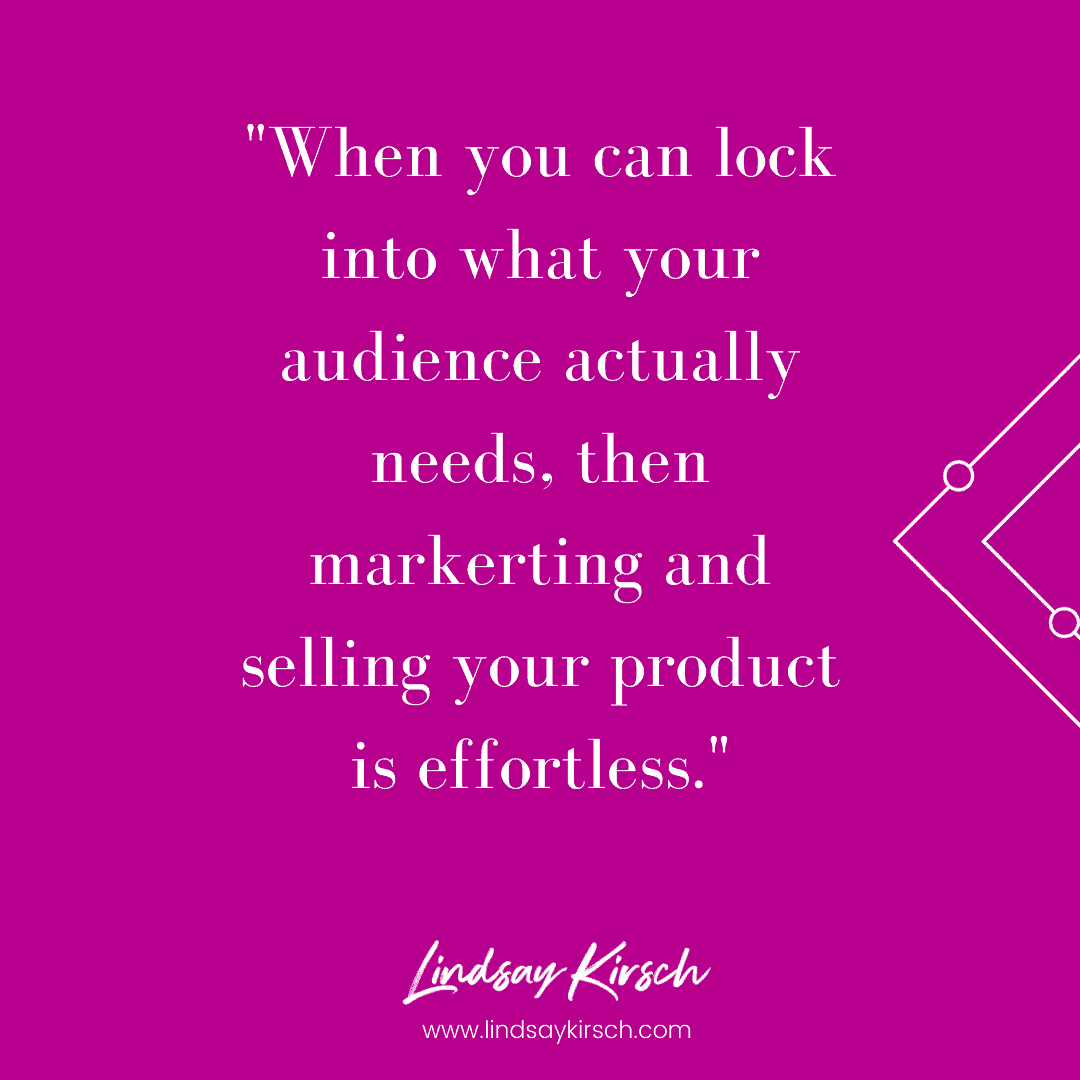
Upon Further Examination: Taking a Step Back
Being so hasty to just dive into my new business, I missed a crucial step in developing this lead magnet–a step I should have known to take, given my experience in performance improvement.
It’s a step that, for years, I had seen other businesses skip!.
If you’re an expert in your field, you may feel pretty confident in your knowledgebase.
But, you don’t know everything. Your solution may have worked for YOU, but that doesn’t guarantee that it will work for others.
I see this so often with life coaches. They discovered this thing that gave them a revelation, and then they try to share it–and it doesn’t work for anyone else. I think for them it’s because it’s such a process. They think the one thing was gold, but it was actually the entire process that got them there. They are blind to this.
So you may be a little too familiar with your content and your audience. This familiarity can easily blind you to what your audience really needs.
So, you gotta take a step back. How?
You must validate your audience’s business problem.
When you can lock into what your audience actually needs, then marketing and selling your product is effortless. Instead of convincing them to buy your product, you’ll have customers flocking to you so you can help them solve their problems.
Creating a Bridge for Your Audience

I just love this graphic. It’s one of my favorites. The girl is standing in her problem. She wants to get to her desired place, but she doesn’t even know how!
Your job? To get her to the other side, to help her build a bridge, to solve her problem.
Her desired place are the results your info product can give her.
So how can you build the right kind of bridge to bring your audience to their desired place?
Well, here’s a big problem: everyone is selling bridges or solutions to people’s problems. You’re in some stiff competition with other business websites and social media pages.
How can you stick out in the right way for your audience to find you so you can help them?
From Here to There: How to Do a Gap Analysis
Before you go whole hog into selling your info product, you should actually test to see if this is what your audience needs.
You gotta do a little digging with some market research first, which means hearing from your audience.
ShiftELearning.com has some audience survey questions in this handy template, and ELearningIndustry.com has some key questions for analyzing an audience here.
So if your info product isn’t selling well, or if you haven’t begun to sell your solution, this kind of analysis will help you find the gap between your info product and your audience.
Specifically, this is called a gap analysis, and there are three parts, just like the graphic above.
Step 1: Figure out where people are. You need to get a sense of how things are now. Where is your audience? Have they been voicing a need for a solution like yours? Do they even know it exists? Brainstorm what you think their needs are and talk to them about what their needs are. You’ll get a more comprehensive and solid idea of what their needs are when you hear it straight from them.
Step 2: Figure out where they want to be. So you’ve identified a problem with your audience. But do you really know where they want to be? Can they even see the problem that you can see, or see it in the same way that you do?
To be sure, you need to talk to your audience about where they want to be. Otherwise, you will make something that doesn’t even address their goals. So as with the first step, you’ll want to brainstorm about what you think their desired goals are, and then talk to your audience about what their goals are.
Step 3: Figure out how to get them there. Now, as the coach or the teacher, you are going to help your learners build that bridge.
But first, you need to answer some questions and determine what people actually NEED (versus what you think they need):
-
- What type of tools are available?
- What materials will support the weight?
- What are the benefits of getting to the other side?
- Are there other ways to get around building a bridge (e.g., do you actually have to build a bridge?)
- What would happen if we just didn’t do go there?
- Do the people really need to get to the other side or do they just think they do?
Questions like these can really shed light on how useful your info product is for your audience. Otherwise, you will create a solution that no one will find useful. Again, brainstorm what solutions will best help your audience get to the other side, and if that’s what they really want to begin with. Then talk to your audience about your thoughts and confirm and/or tweak your solution.
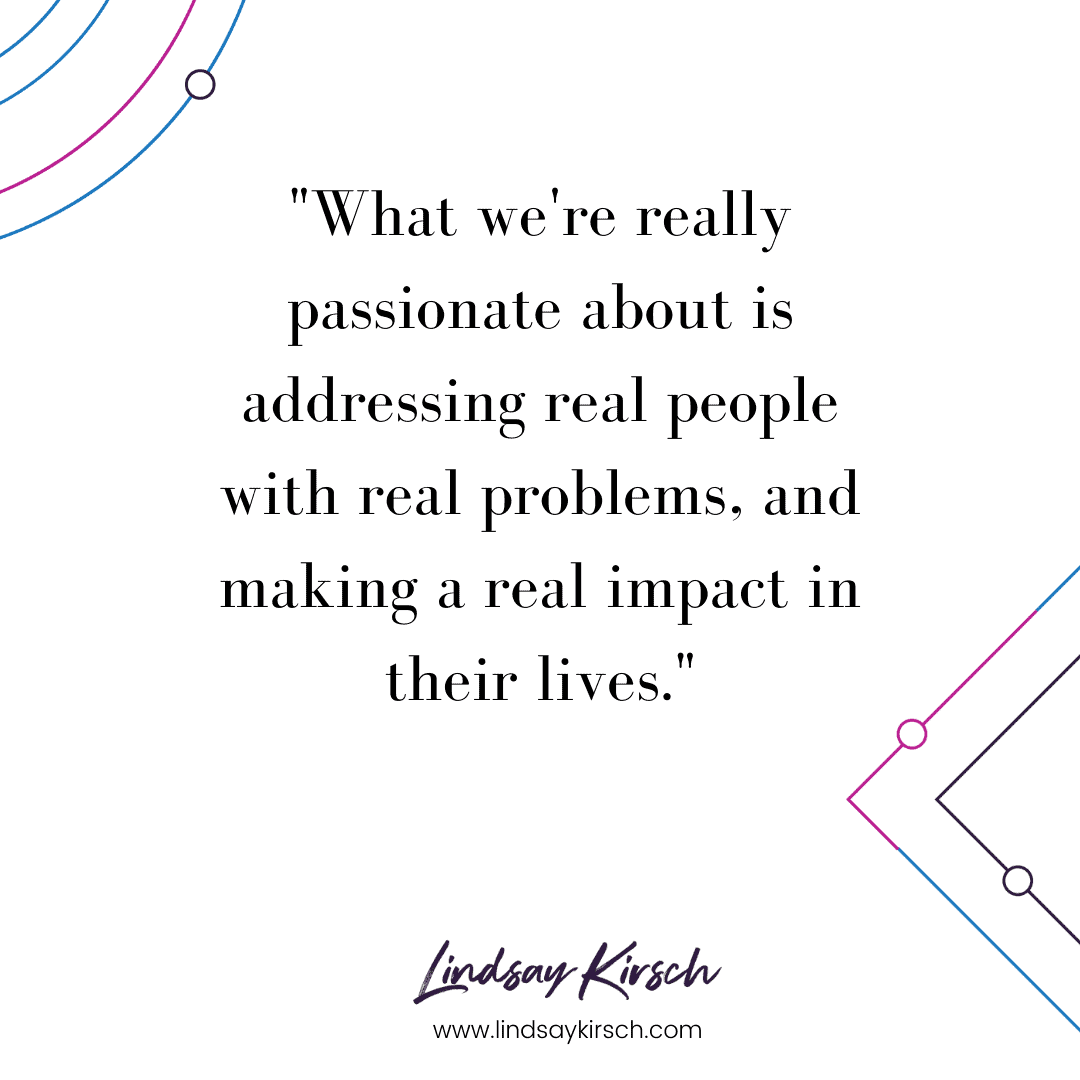
What Really Matters: Changed Lives
As entrepreneurs, we’re in the business of providing high-value, life-changing content to our audiences. We value helping people first, before developing our businesses. In fact, helping people is our business!
And this may seem counterintuitive, but the more we focus on helping others to improve their lives, our businesses will grow organically because we are providing such high value. Customers will want to come back again and again, bringing new customers along with them.
What we’re not in the business of doing is creating amazing marketing materials that trick people into purchasing a product that doesn’t make a difference in their lives. It’s not just about the sale.
What we’re really passionate about is addressing real people with real problems, and making a real impact in their lives.
We want to help people build those bridges and reach the next level…in their businesses, in their personal lives, in their personal growth.
Do you have any questions about gap analysis? What pain points of your customers have you identified and how have you confirmed them? I’d love to hear your experiences in the comments below.

